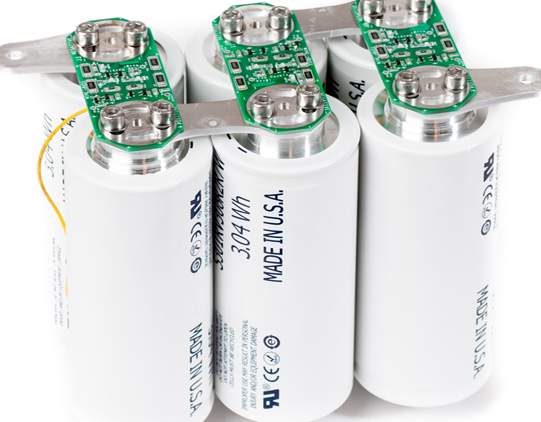

“Successfully storing a huge amount of energy safely in a compact system is a significant step towards improved energy storage technology," said senior author and Dean of UCL Mathematical & Physical Sciences, Professor Ivan Parkin (UCL Chemistry). But to date, nobody's producing it in mass commercial quantities at a price that makes huge graphene supercapacitor cells feasible. Although to be fair, when they charge so fast, you might not mind.Īnd the third issue: this thing is made of graphene, everyone's favorite wonder-material which is set to revolutionize everything from electronics to mosquito protection to aviation to hair dye to concrete to running shoes to bulletproofing to loudspeakers and every other field it's been researched in. You might find your EV out of power if you leave it off the charger for a week or two.

The second issue: supercapacitors tend to leak energy rather than storing it very well.

This kind of density development could increase the amount of supercapacitor you might be able to run in such a setup, further maximizing the benefits. What's more, we've written before about the extraordinary things you can do when you pair lithium batteries with supercapacitors in a hybrid arrangement. The vast majority of car use would easily be less than 100 miles (160 km) in a day, and a short stop every hour and a half on a long trip might be no big deal for many drivers. Mind you, EVs won't have to offer 430-mile (700 km) range figures once they're even quicker to top up than a petrol car. Closest estimate I can find on what Tesla is running is a 2018 estimate of 877.5 Wh/l, which would mean a supercap would have to be 10 times the size of a Tesla battery pack to offer the same range. The first is that these supercaps are still far less dense than a top-shelf lithium EV battery. Indeed, there's three big buts here, beyond the fact that this is still at the research proof of concept stage. In addition, the supercapacitors appear to have a long service life, retaining 97.8 percent of their energy capacity after 5,000 cycles, and they're very flexible, performing almost exactly the same when bent 180 degrees as when they were lying flat. That figure is toward the high end of what a typical lead-acid battery stores, but while lead-acid batteries charge very slowly and offer fairly low power density, the supercapacitors can charge very, very quickly and offer massive power densities around 10 kilowatts per liter. The team claims it's "the highest ever reported energy density for carbon-based supercapacitors." Where "similar fast-charging commercial technology" tends to offer around 5-8 watt-hours per liter, this new design has been tested at a record 88.1 Wh/l. Using this design, the team says it's achieved a massive increase in volumetric energy density. And now Chinese and British scientists say they've figured out a way to store 10 times more energy per volume than previous supercapacitors.Ī team split between University College London and the Chinese Academy of Sciences has released a study and proof of concept of a new supercapacitor design using graphene laminate films and concentrating on the spacing between the layers, the researchers discovering that they could radically boost energy density when they tailored the sizes of pores in the membranes precisely to the size of electrolyte ions.

They could completely erase the Achilles heel of electric vehicles – their slow charging times – if they could hold more energy. Supercapacitors can charge almost instantly, and discharge enormous amounts of power if needed.


 0 kommentar(er)
0 kommentar(er)
